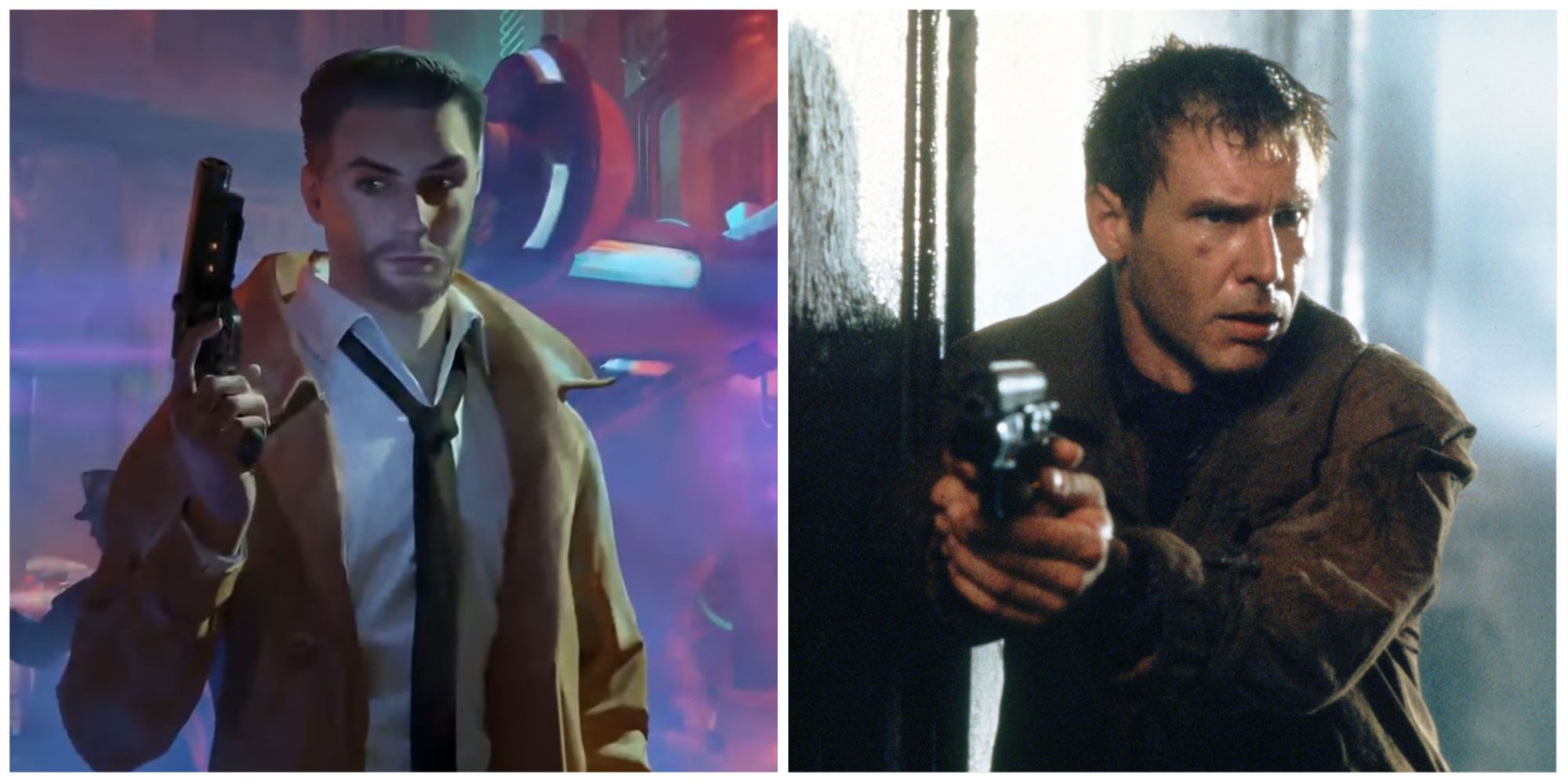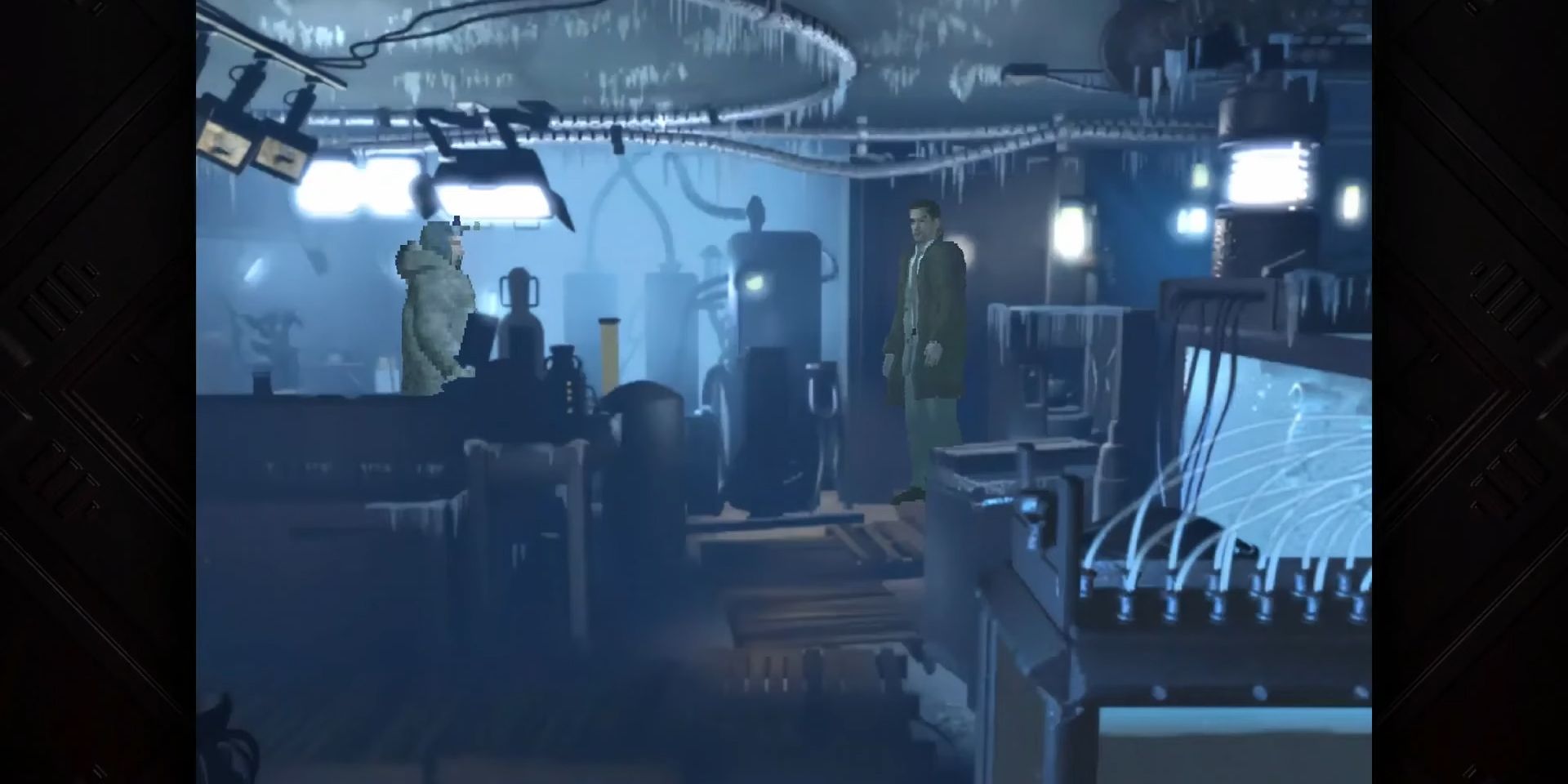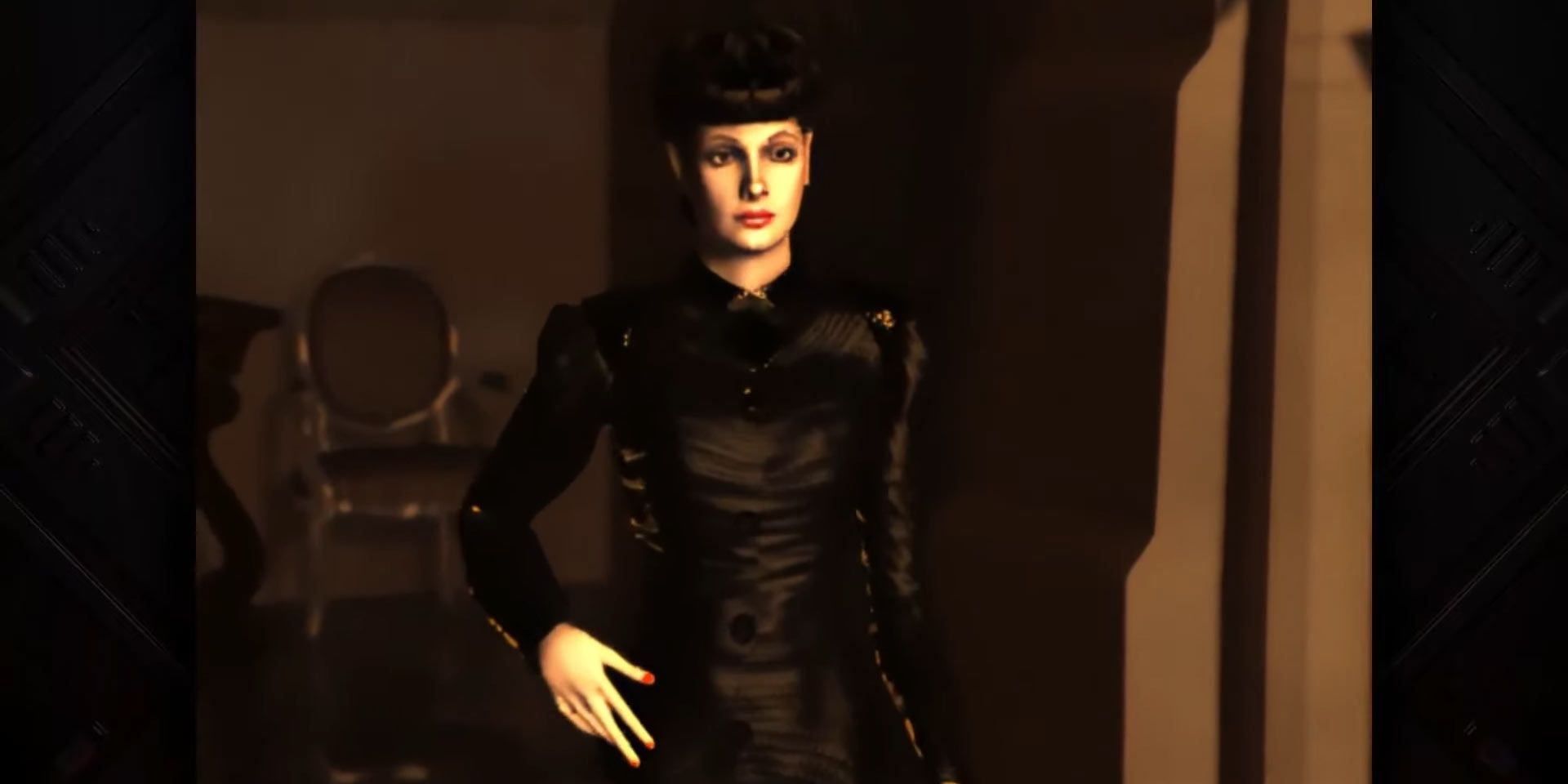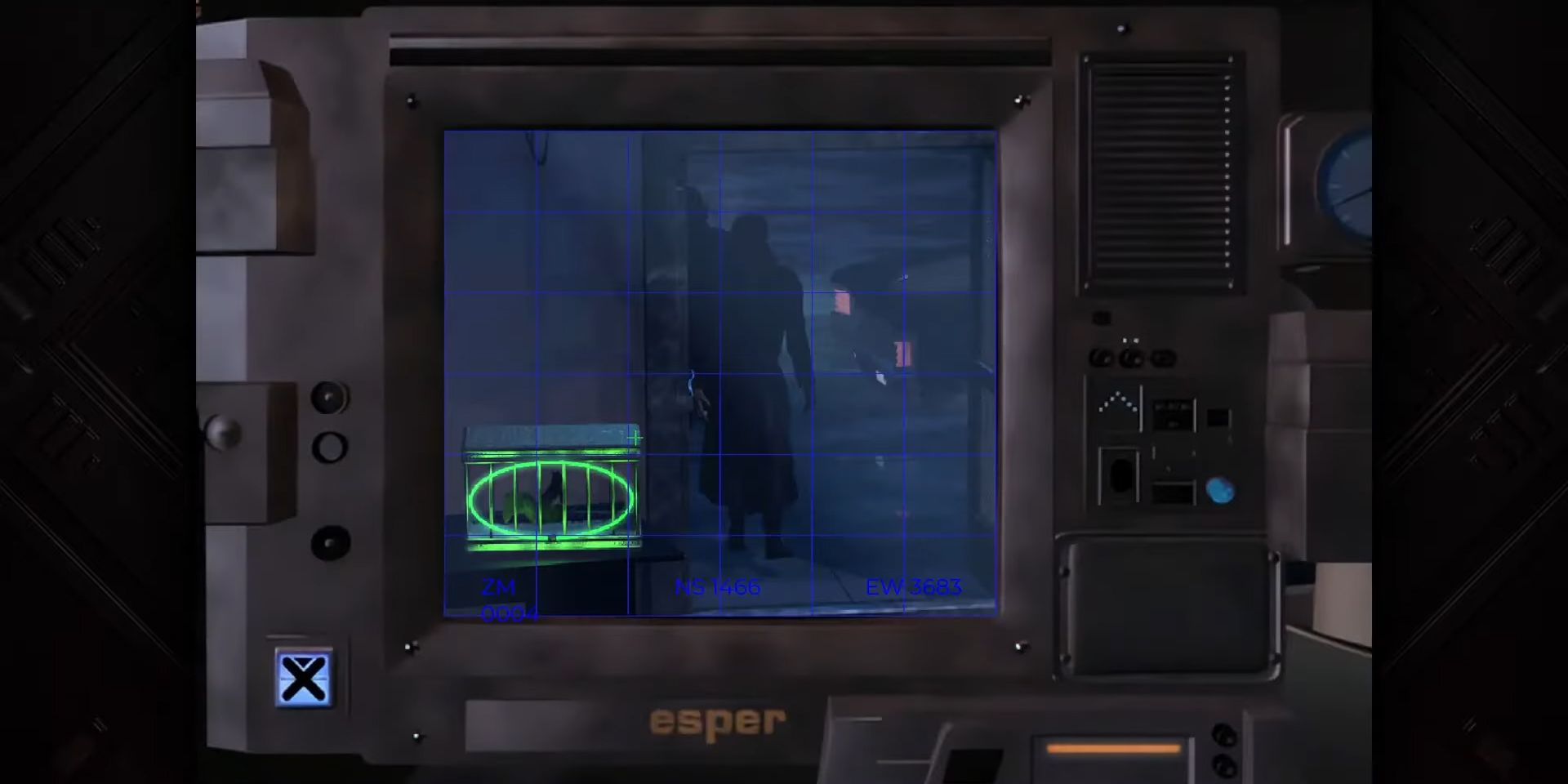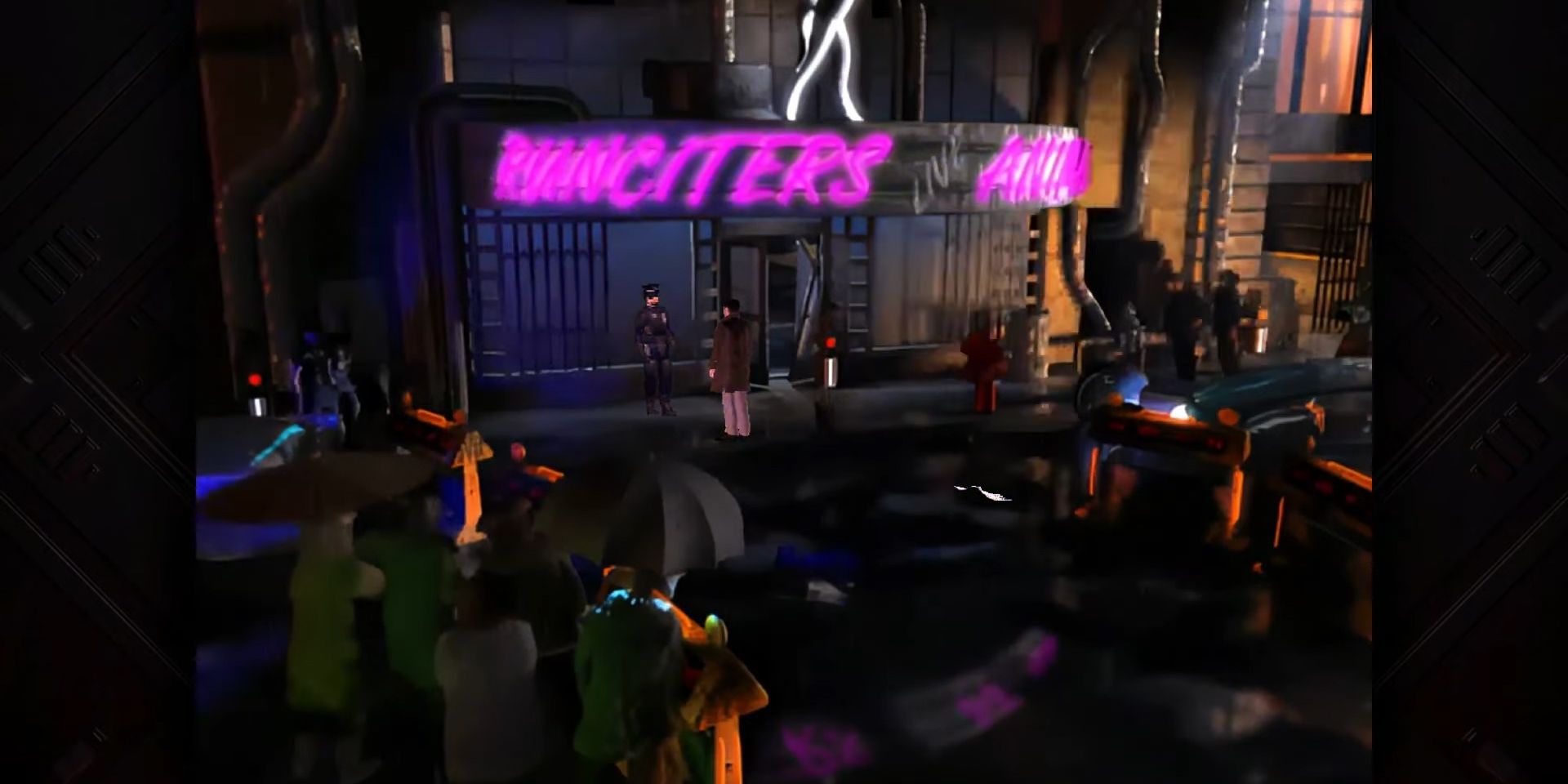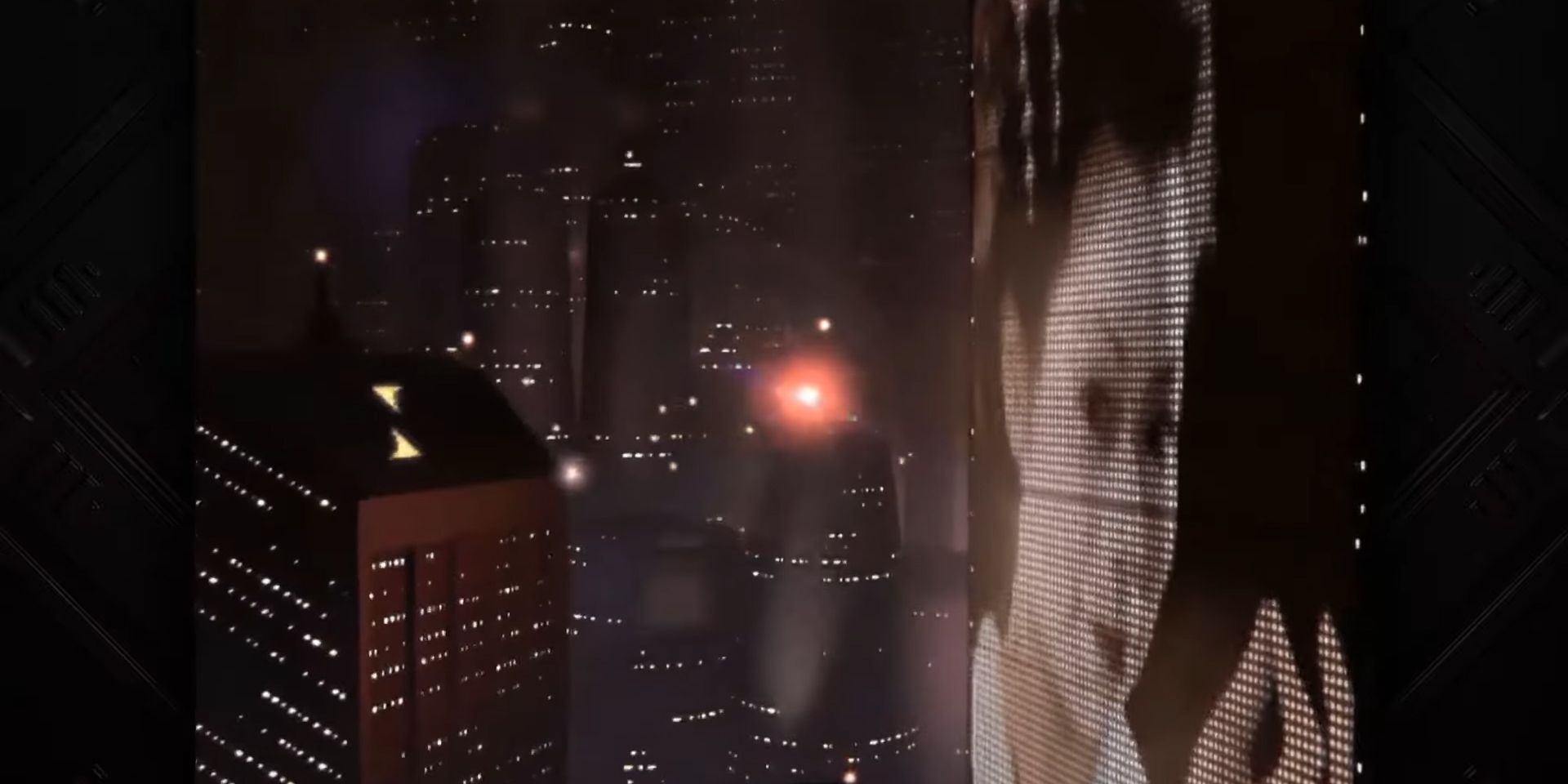Blade Runner helped popularize the cyberpunk genre when it was released in 1982, with its depiction of a rain-soaked Los Angeles riddled with crime and corruption. Even though it didn't exactly light the box office on fire, it would eventually grow to become a cult classic — one still regarded by many as among the greatest science fiction movies ever made.
It wasn't until 15 years later, however, that it would receive a video game adaptation worthy of the Blade Runner name. The Enhanced Edition gives more people the opportunity to check out its recreations of some of the movie's most iconic locations, upscaled for modern displays. But for anyone wondering how the game ties into the movie, here are a few connective tissues eagle-eyed players might pick up on.
5 A Nearly Identical Story
Blade Runner: Enhanced Edition acts more as a companion piece to the 1982 movie than a straight-up adaptation, with a story that runs parallel to the one from the film. In this story you step into the shoes of Ray McCoy, another Blade Runner who hunts replicants trying to pass themselves off as humans in the crime-ridden districts of LA. Unlike Harrison Ford's Rick Deckard, Ray has barely any experience under his belt.
This makes him an ideal surrogate for players experiencing the world of Blade Runner for the first time. He is tasked with hunting down a different group of replicants from the ones shown in the movie, after their savage activities at a pet store put them on the LAPD's wanted list. But his story ultimately mirrors that of the movie, covering the same general beats while fleshing out some details that took place offscreen. Ray even goes through the same existential crisis as Rick, not being able to tell if he is himself a replicant or not. Unlike the movie, however, that mystery is eventually resolved by one of the game's 13 endings, with each being determined by the actions the player took during their playthrough.
4 A Cast Of Returning Characters
At the start of Blade Runner: Enhanced Edition, the game randomly decides which of its characters are replicants and which ones are not, which helps make each playthrough feel unique. Over the course of your adventure you'll come across a number of those characters, as you hunt down the replicants responsible for the atrocities depicted at the start of the game. Many of these are original characters created specifically for the game, while others are recognizable faces from the movie.
You'll get to interact with the likes of Rachel, a Nexus-7 replicant who was featured prominently in the film and who served as Rick's love interest. She is voiced by the original actress, Sean Young. Other characters from the movie who make appearances include Dr. Eldon Tyrell, the CEO and founder of the Tyrell Corporation, Hannibal Chew and J.F. Sebastian, a pair of genetic engineers working for him, and Leon Kowalski, a replicant — all of whom are voiced by their original actors. Rick Deckard himself makes a non-speaking appearance, and the ramifications of his actions in the movie are felt throughout the game.
3 A Slew Of Retrofuturistic Tech
Blade Runner wouldn't be much of a science fiction movie if it didn't depict the technology of the future. Aside from the standard flying cars and androids (neither of which had become widely available in 2019, the year the film takes place in), there are quite a few innovations and gadgets that are specific to its universe. Several of these make appearances in the game.
Most notably, you get to use the Voight-Kampff machine, which is turned into a gameplay mechanic used to determine if a suspect is a replicant or human. It functions by tracking a subject's physiological responses to a set of images and questions designed to elicit an emotional response. You also make use of the ESPER system, a computer that allows you to enhance crime scene photos to reveal hidden details within them.
2 The Atmosphere
Blade Runner was noted for having some of the most breathtaking visuals seen in a science fiction film, and the 1997 game strived to recreate some of those visuals using the technology of the day. These included near photorealistic recreations of locations using pre-rendered backgrounds, as well as the lifelike movements of its voxel-based character sprites. But what really helps to define the visual identity of both the film and game is their overall atmosphere.
In many ways, that atmosphere was inspired by film noir, which can be seen in the way it uses the interplay between light and shadow to convey tension. There is also a palpable sense of corruption and decay hovering over its version of LA, from its smog-filled skies to its rain-soaked streets, both of which are juxtaposed against the harsh neon lights of signage and holograms selling the promise of a better life that simply doesn't exist. All of this might seem like standard cyberpunk fare today, but it was quite innovative when it was first seen in 1982 — and the game does a decent job of emulating it.
1 A Familiar Soundtrack
While most of the praise given to Blade Runner is often directed towards its visuals, a lot can also be said about its soundtrack. Composed by the late Greek musician, Vangelis, the score immediately stood out for its blend of classical instrumentation and electronic synthesizers, creating a soundscape that is evocative of the film's tone and themes.
For the 1997 game though, the team at Westwood Studios did not have access to actual songs from the film. They had to create new ones based on the film's score, as well as re-record some of its more recognizable overtures. Several of these can be heard playing during key moments in the game, serving to create direct throughlines between them and parallel scenes from the movie. But the whole thing still ends up sounding unmistakably like Blade Runner, with a dark, melodic sound that has since come to define both the film and game.

